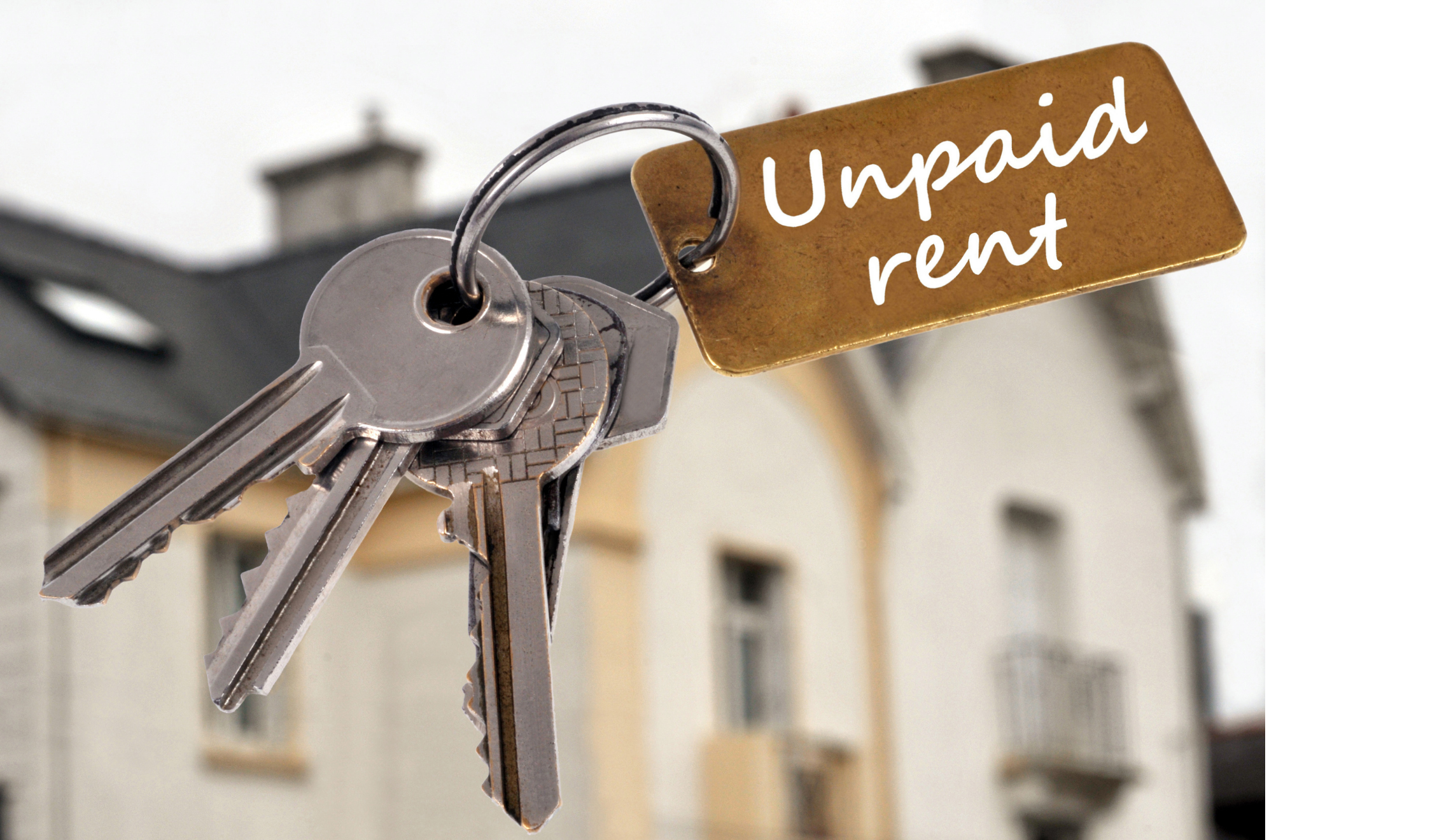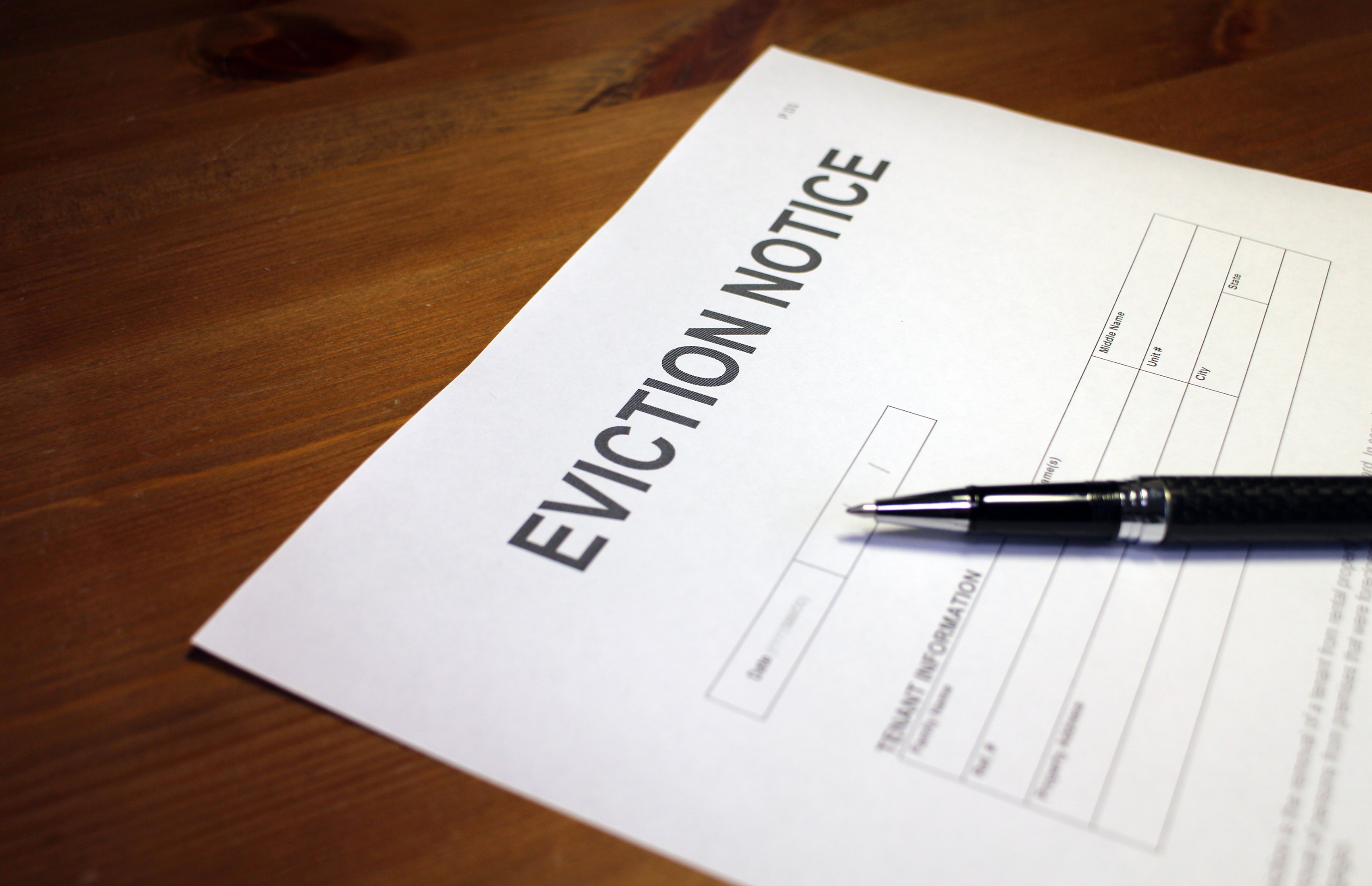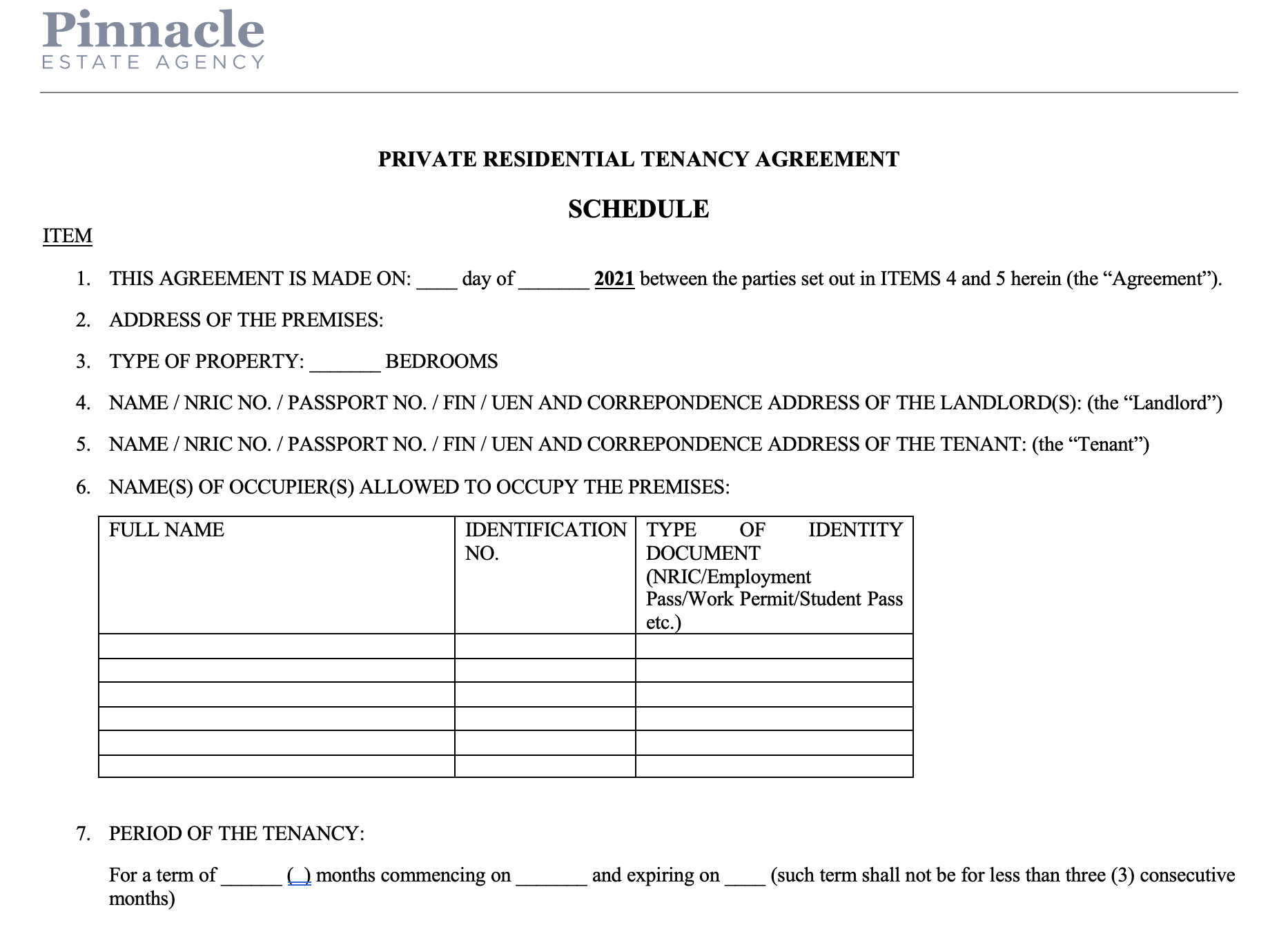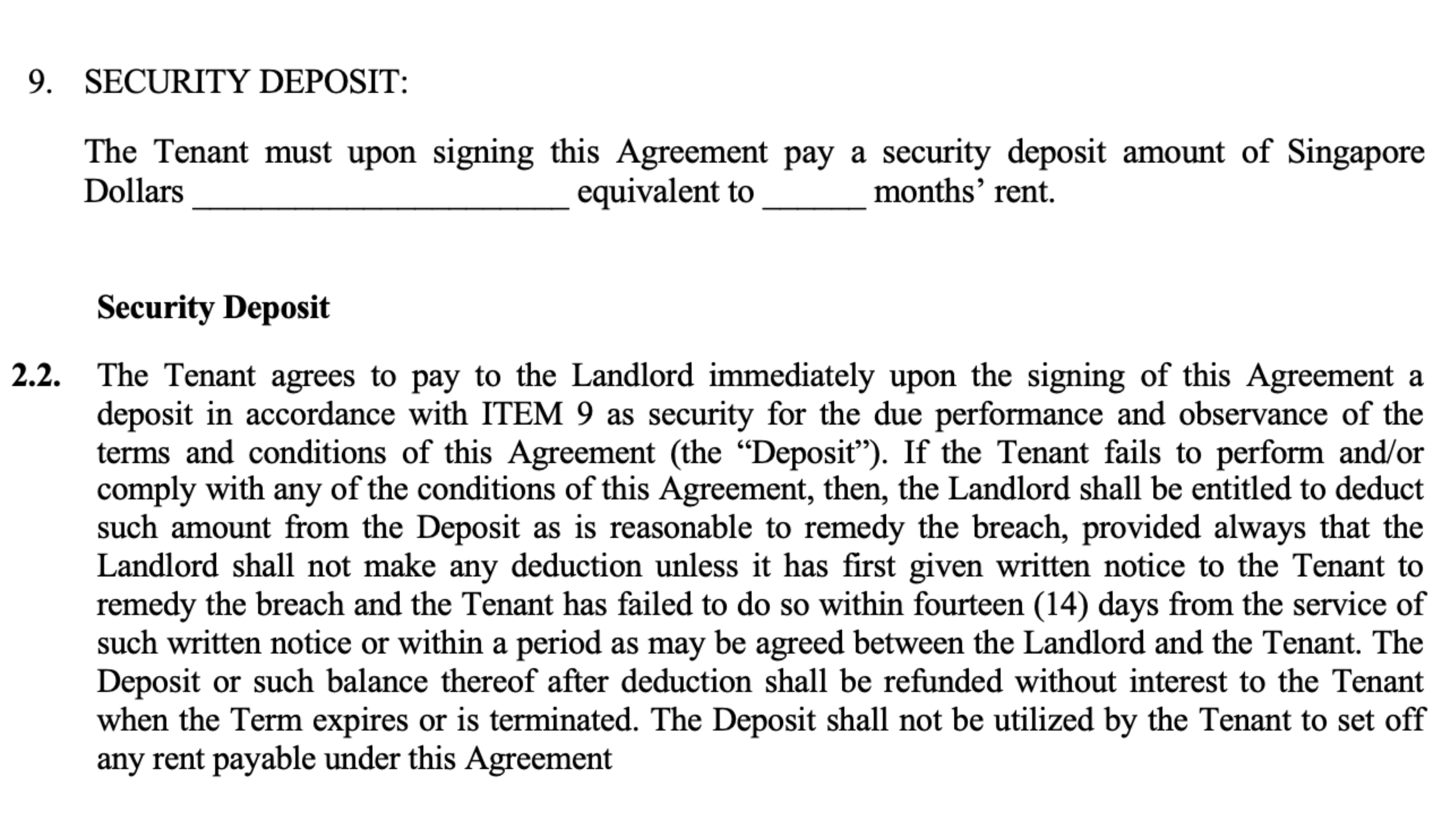How to Resolve Landlord-Tenant Disputes in Singapore?
This article discusses common landlord-tenant disputes and some available dispute resolutions
It’s not at all unusual for landlords and tenants in Singapore to find themselves embroiled in a dispute. However, many people have no idea how to handle these disputes without making the situation worse. This article will provide some general guidelines regarding the legal rights of landlord in these circumstances and what both parties can do to resolve matters.
Most common landlord-tenant disputes are as follows:
1. Tenant Fails to Pay Rent
Under most lease agreements the tenant is required to pay rent in order to reside on the premises. The tenancy agreement typically sets forth the amount of rent to be paid and when the periodic payments must be made. For example, rent is due on the first day of each month. This gives the landlord the legal right to demand that the rent be paid in full each month on the first.
If the tenant fails to pay, the landlord has the following recourse:
- File a lawsuit for breach of contract (the lease agreement)
- Get a court order to regain possession of the premises
- Forfeit the lease by re-entering the premises
- Seize the tenant’s belongings by exercising the right to distress
- Sell the tenant’s belongings to recover the unpaid rent
2. Tenant Causes the Premises to be Damaged
Lease agreements typically include a clause that says that the tenant is not allowed to damage the property during their tenancy. We advise all prospective tenants to make sure that the premises they’re about to occupy are in good condition before signing the lease. Should they discover any damage later on, the landlord might say that the tenant caused the damage while renting the property.
If the tenant damages the premises, the landlord has the following recourse:
- File a lawsuit for breach of contract (the lease agreement)
- Get a court order to regain possession of the premises
- Forfeit the lease by re-entering the premises
3. Tenant Refuses to Vacate the Premises When the Tenancy Ends
Another common dispute between landlords and tenants is when the tenant refuses to vacate the premises at the end of the lease. When the tenant fails to move out at the end of their tenancy, this is referred to as a “holding over”.
At this point the landlord can do one of two things:
- Charge the tenant double the rent until he/she vacates the premises; or
- Charge the tenant rent for double the premises’ value during their occupation.
The landlord is under no legal obligation to give the tenant notice of the charges against him/her.
4. Tenant Sublets the Premises or Assigns the Lease to a Third Party
Landlords often find out that their tenants have sublet the premises to a third party or assigned their lease to someone else. This is despite the tenancy agreement stating that this is definitely not allowed or prohibited unless the landlord gives their written consent. However, the landlord should not deliberately deny consent or withhold it for no valid reason if their tenant requests consent to sublet the premises under the lease agreement.
Filing a Lawsuit for Breach of Contract
A tenancy agreement is a legally binding contract between a landlord and tenant, so if the tenant fails to abide by any of the clauses spelled out in the agreement, he/she would be breaching the contract.
Therefore, the tenant is required to pay rent, keep the premises in good condition, avoid subletting without the landlord’s written consent, and to vacate the premises when the tenancy agreement ends. If the tenant fails to meet these requirements the landlord has the legal right to file suit against the tenant.
The landlord has the burden of proving that the tenant failed to abide by these requirements. If the Court finds in the landlord’s favour and that the tenant failed to comply with his/her obligations under the tenancy agreement, the Court will award damages to the landlord based on his/her actual losses.
Getting a Court Order to Regain Possession of the Premises
The landlord can apply to the Court for an order to regain possession of the premises when their tenant has done any of the following:
- Fails to pay rent when it was due 21 days ago or longer;
- Causes property damage; or
- Sublets the premises or assigns the lease to someone else without getting the landlord’s written consent. If consent was obtained, the tenant was paid more than he/she should have been.
Once the landlord obtains a Court order, he can use it to regain possession of the premises.
Tenant Failing to Pay Rent
In this case, the landlord is required to notify the tenant in writing demanding that he/she pay the overdue rent. The notice must include the landlord’s name and address and it must be served on the tenant at the rented premises. We recommend that the landlord send the notice by registered mail to keep the tenant from saying they were not given the required notice.
If the tenant wants to keep the landlord from applying to the Court for an order, he/she must pay the overdue rent. The rent should be sent by registered mail to the landlord’s address, so the tenant has proof that the rent was received.
Tenant Causes Property Damage
When a tenant causes property damage, the landlord has a right to apply to the Court for an order forcing the tenant to compensate the landlord for the damage.
Tenant Sublets the Premises
The landlord can apply to the Court for an order to recover the premises if he/she finds out that the tenant has sublet the premises to a third-party or assigned the lease to someone else and is receiving rent that:
- Is more than what may be obtainable for that portion; or
- Is more than 110% of what the landlord is supposed to receive in total.
Generally, the judgment or order for regaining possession cannot be enforced against the sub-tenant. On the other hand, it can be enforced against a sub-tenant if the Court is convinced that the tenant’s tenancy agreement prohibited him/her from subletting the premises, or that the sub-tenant is using the premises for immoral or illegal activities.
Forfeiting the Lease by Re-entering the Premises
Generally, the landlord is within his rights to forfeit the lease if the tenant is not paying rent or has damaged the premises. When the landlord re-enters the property, the lease is terminated.
If the lease does not specifically state that the landlord has the right to forfeit the lease, the law will assume that this right has been reserved in the lease if:
- The tenant has not paid rent or if any portion of the rent is overdue for 30 days or more; or
- The tenant has damaged the property and the lease is for longer than seven years and registered on the title.
If the landlord is applying to the Court for re-entry of the premises or forfeiture, the tenant may also apply to the Court to prevent this. If the tenant owes back rent, he can only do this if he/she pays the full amount owed as well as the landlord’s costs of taking legal action to collect the rent. If the tenant does this, the lease can continue as is without a new lease having to be created.
Seize the Tenant’s Belongings by Exercising the Right to Distress
The landlord can apply to the Court seeking a writ of distress to collect up to 12 months’ rent. The landlord should act quickly and not wait to apply until just before 12 months’ rent is owed. The landlord does not have the right to seize the tenant’s possessions without a court order when he/she fails to pay rent.
Once the Court grants the application, a writ of distress will be issued, which allows the Sheriff or an enforcement officer to seize the tenant’s moveable belongings, like furniture and electronics.
The tenant must be notified of the writ of distress and the seizure of goods, so that he/she has time to pay the overdue rent and prevent this from happening. The tenant has five days to pay up, or he/she can apply to the court seeking to restrain the sale of his/her belongings.
Sell the Tenant’s Belongings to Recover the Unpaid Rent
If the tenant fails to reply to the notice by paying the unpaid rent or fails to get a court order restraining the sale of his/her belongings, the landlord will now have the right to exercise his/her option to sell those belongings. The money received from the sale will first be used to compensate the Sheriff and then for the back rent owed to the landlord.
Other Ways to Try and Resolve Landlord-Tenant Disputes
Mediation
Many issues can be resolved in mediation without a lot of acrimony and landlord-tenant disputes are no exception. You can use a Community Mediation Centre (CMC), for disputes involving the following:
- Disputes regarding living arrangements;
- Unacceptable words being uttered;
- Unacceptable behaviour being displayed; and
- Verbal agreements regarding interest-free financial matters under S$5,000.
Benefits of mediation:
- It is handled privately and confidentially in terms of the parties’ identities and the specific matters being mediated. No one outside the session will be privy to the information.
- It usually takes only one or two sessions to resolve the matters at hand, with each session lasting just a few hours.
- It only costs the complainant a $5 administrative because the mediation service is offered for free.
- The informal process offers flexibility and creativity with both parties being encouraged to figure out a solution that benefits them both.
- The goal is a win-win resolution that meets both parties’ interests.
- It works to preserve the relationship between the parties.
File a Claim with the Small Claims Tribunals
If you can’t work out your differences in mediation, you can seek a resolution in the Small Claims Tribunals as long as your damages do not exceed $20,000. (The limit can go up to $30,000 as long as both parties agree.)
The Small Claims Tribunals is allowed to hear claims regarding disputes over tenancy agreements on residential properties as long as it’s not over two years. Most tenant-landlord disputes are over unpaid rent and security deposits and they often get resolved here.
You do NOT need a lawyer to file a claim with the Small Claims Tribunals, which makes this a fairly cost-effective way to handle claims of up to $20,000.
Filing a claim with the Small Claims Tribunals requires a lodgement fee be paid based on the size of your claim, as follows:
|
Not over $5,000 |
Over $5,000 but not over $10,000 |
Over $10,000 but not over $30,000 |
|
|
Consumer |
$10 |
$20 |
1% of claim amount |
|
Non-consumer |
$50 |
$100 |
3% of claim amount |
Once a claim has been filed or lodged, the Small Claims Tribunals will schedule a consultation/mediation session before the Registrar. This is who will help the parties resolve their dispute with mediation. The Small Claims Tribunals usually schedules the consultation/mediation to be held within 10 to 14 days from the date the claim was filed.
In the event that the claim could not be settled during mediation with the Registrar, it will typically be scheduled for a hearing to be held within 7 to 10 days from the date of the mediation. If the claim is scheduled to be heard before the Referee, they may decide to explore whether a settlement can be reached before they adjudicate the claim.
Disclaimer: The information provided in this article does not constitute legal advice. We recommend that you get the specific legal advice you need from an experienced attorney prior to taking any legal action. While we try our best to make sure that the information provided on our website is accurate, you take a risk by relying on it.
At Pinnacle Estate Agency, we strongly believe in sharing our real estate knowledge to the public. For more content like this article, check out our Singapore Property Guides.








